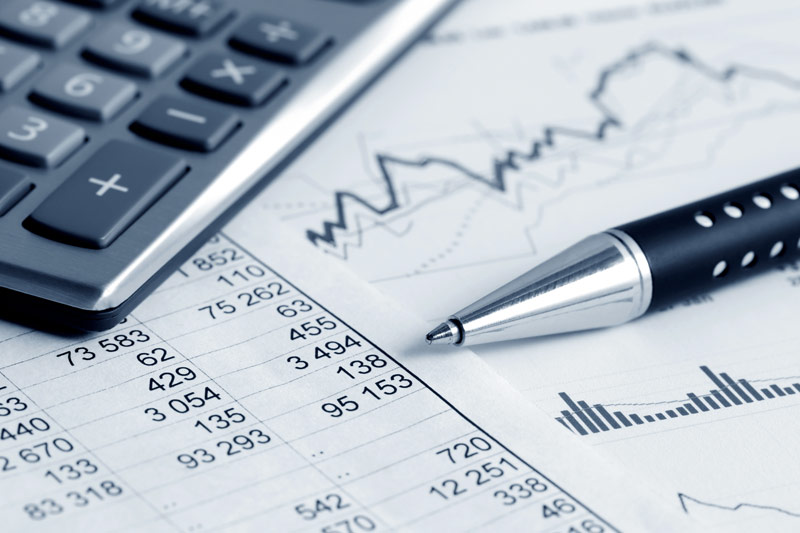In the face of a resilient yet burdened U.S. economy, Federal Reserve Chair Jerome Powell is anticipated to maintain the key interest rate. This decision comes in light of concerns over rising interest rates, international disruptions, and apprehensive investors.
The U.S. has witnessed robust consumer spending that led to an economic growth spike in Q3. However, inflation persisted at a four-decade high, prompting Powell’s goal of returning to a downward trajectory for inflation before decelerating the Fed’s efforts towards its 2% inflation target.
Fluctuating financial markets have caused long-term rates on U.S. Treasurys to rise, stock prices to fall, and corporate borrowing costs to increase. These factors are seen by the Fed as potential triggers for an economic slowdown, which could reduce inflation without necessitating further rate hikes.
From March 2022, the Fed increased its key rate from near-zero to approximately 5.4%, a notable 22-year high. This move was an attempt to control inflation which subsequently led to an increase in the costs of mortgages, auto loans, and credit cards.
Inflation has since decreased from its peak of 9.1% in June last year to 3.7%. Meanwhile, Treasury yields have reached a 16-year high with the yield on the 10-year Treasury note pushing the average 30-year fixed mortgage rate close to 8%. This rise has affected business borrowing and tightened financial conditions equivalent to three or four quarter-point rate hikes.
This article was generated with the support of AI and reviewed by an editor. For more information see our T&C.
Read the full article here








